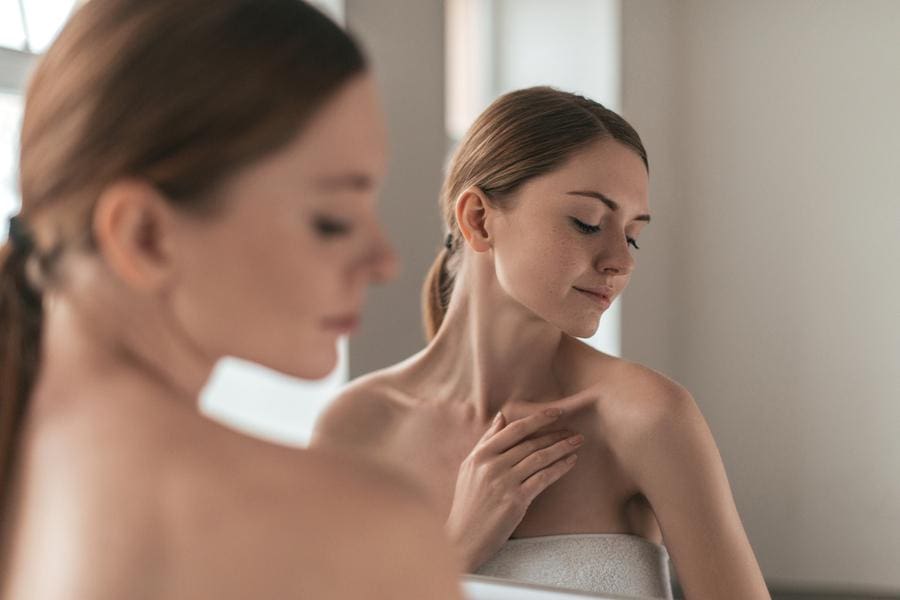You may have discovered that you have dark spots on your face, hands, or other parts of your body. What exactly are these unwanted spots, and why do they appear? Here, we will cover what causes these spots, what they can look like, how to prevent them, and when to consult a medical professional.
What Are Dark Spots?
Dark spots, also called age spots, liver spots, or sunspots, are flat, often oval-shaped marks on the skin that range from tan to dark brown in color. They typically appear on the face, backs of hands, forearms, and shoulders because these are the parts of the body that tend to have the most exposure to the sun. The median size of a dark spot measures a half-inch across.
What Causes Dark Spots?
All skin has melanin, which is what gives it a varying range of shades from dark to light. Dark spots can occur when certain areas of the skin produce more melanin than usual. This is typically caused by prolonged exposure to UV light from the sun or tanning beds. Usually, dark spots group up because that is where the melanin clumps together.
While both men and women can get dark spots, those with fair skin or people who have frequent sun exposure have a higher chance of developing them.
Preventing Dark Spots
Dark spots are most commonly seen in people over the age of 40. However, it is important to take care of your skin before reaching your 40s as a preventative measure. The greatest advice we can give you to prevent dark spots is to minimize how much time you spend in the sun and to wear a broad-spectrum sunscreen with at least SPF 30. If you already have dark spots, you can find brightening products or undergo laser treatments to help further reduce their appearance.
When to See a Professional
Most dark spots are harmless, but it is crucial to pay extra attention and let your doctor know if you notice any new or unusual spots on your skin, specifically if you notice changing dark spots that are red, scaly, or bleeding. It’s also important to be aware of the dark spot’s texture and size. Make sure that it’s not rough to the touch, firm, crusting over, different colors, or if it’s larger than a pencil eraser. If it is, be sure to contact a medical professional for a second opinion.
When you see your dermatologist, be sure that they document all spots on your body with photos and measurements – that way, they can know for sure if anything has changed since your last visit.
Have you ever sought treatment for dark spots or have used products that have helped you? Tell us about your experience in the comments!







I have used creams and serums for dark spots on my face, the best product by far that I’ve used is Skin Ceuticals, infused with vitamin c, a wonderful product that actually works by not only lighting the dark spots but also fading them.